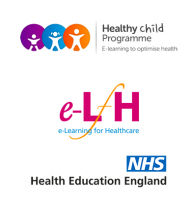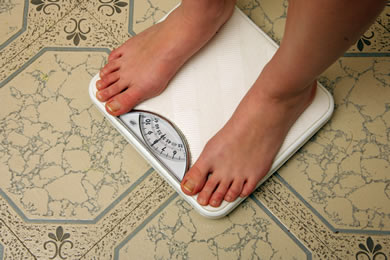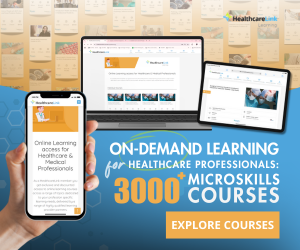Body Shape and Body Image in Adolescence



This session explores the normal variations and trends in body shape during adolescence and the factors that commonly influence it, including genetic, ethnic and lifestyle factors. It explains how growth is monitored and explores the common barriers that health professionals may encounter when assessing body shape.
Learning Objectives
By the end of this session you will be able to:
- Describe the normal range of adolescent body shape
- Use age-appropriate growth charts for height, weight and body mass index (BMi)
- Explain the effect of altering the rate of weight gain on BMI
- Recognise genetic, ethnic and pathological influences on body shape
- Identify common activity trends in male and female adolescents and their effect on body shape
- Outline the issues arising from weighing and measuring young people, including common barriers that health professionals may encounter
The high rates of obesity in children and young people, plus widespread concerns about eating disorders in adolescents, have increased the need for weighing and measuring of young people by health professionals. In order to recognise weight problems we need a clear understanding of normal ranges, as well as confidence in the techniques for weighing and measuring young people.
Rachel is a part-time GP and trainer in Redditch, Worcestershire, with particular interests in child obesity, adolescent health and women’s health.
She was appointed Royal College of General Practitioners (RCGP) Clinical Champion for Nutrition for Health in April 2011 and established the RCGP Nutrition Group in 2013.
Rachel contributed to the Academy of Medical Royal Colleges Obesity Steering Group 2013 report:- ‘Measuring up: The medical profession’s prescription to the obesity crisis’.
She contributed to the 2013 Royal College of Physicians ‘Action on Obesity: Comprehensive care for all report’, which looks at how the NHS should adapt to meet the needs of an increasingly obese nation.
Rachel has written two books – ‘Weight Matters for Children’ and ‘Weight Matters for Young People’, Radcliffe Publishing 2006. She has co-authored the obesity modules of the e-Learning for Health Adolescent Health Project and is a member of the RCGP Adolescent Health Group.
She has completed a research project in conjunction with Warwick University, examining the practicalities of offering a child obesity prevention intervention in primary care.
Rachel is married to a GP and we have three boys.

- NiPHC Transition to Practice Program
- Posted By APNA - Australian Primary Healthcare Nursing Association - Transition to Practice Program
- Posted Date: 2024-11-28
- Location:Online
- Transition to Practice Program: helping nurses make the move into primary health care.
- Non-pharmacological Approaches to the Management o...
- Posted By eIntegrity Healthcare e-Learning
- Posted Date: 2024-11-28
- Location:Online
- This session presents a wide spectrum of non-pharmacological approaches to the management of chronic...
- Medications and Older Adults course
- Posted By eIntegrity Healthcare e-Learning
- Posted Date: 2024-11-28
- Location:Online
- This session describes the physiological changes that occur with ageing and the effects these change...
- Common Pain Conditions in Older People course
- Posted By eIntegrity Healthcare e-Learning
- Posted Date: 2024-11-28
- Location:Online
- This session describes some of the most common conditions that cause pain in older people, the manag...
- Assessment of Pain in Older Adults course
- Posted By eIntegrity Healthcare e-Learning
- Posted Date: 2024-11-28
- Location:Online
- This session describes the assessment of pain in older adults and the range of assessment tools avai...








